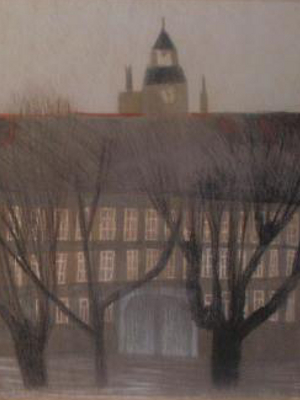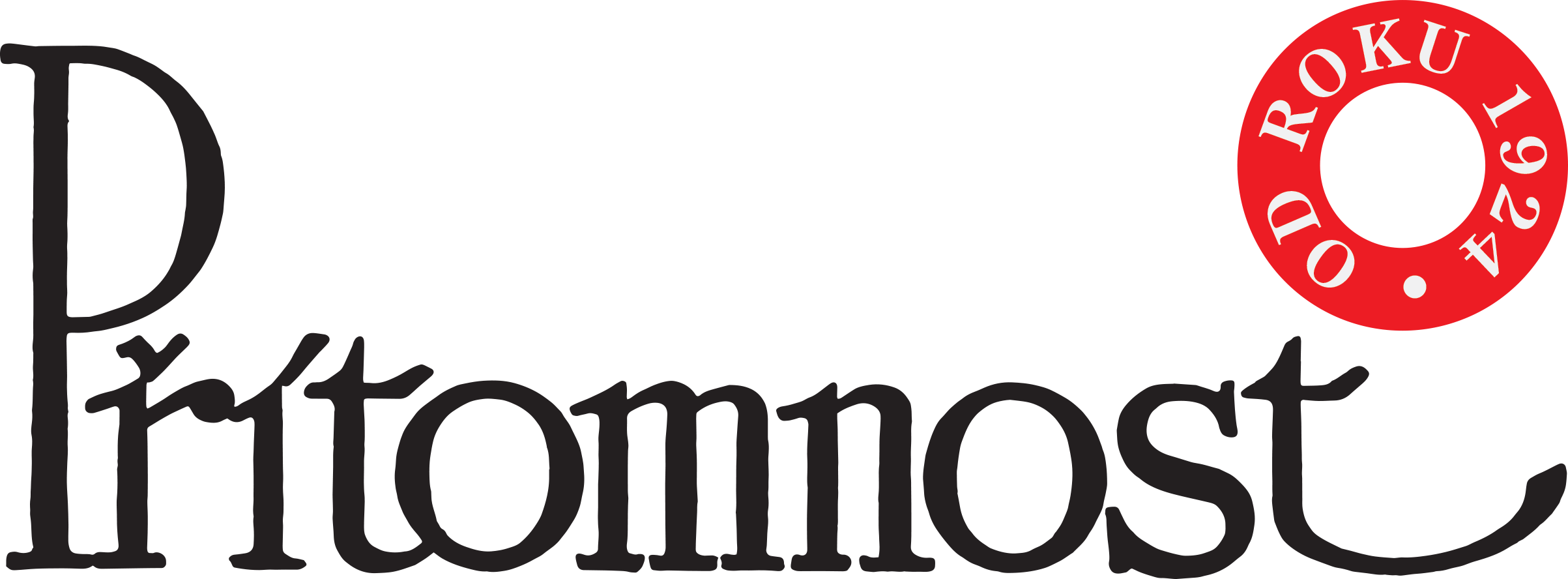On the occasion of the 90th anniversary of the death of Franz Kafka (he died 3rd June 1924) the Franz-Kafka-Society of Prague initiated Monday the 25th of August an exhibition of pictures by the painter Rut Kohnová with the title „Pocta zeměměřiči K.“ (Honor to K., the Land-Surveyor). This exhibition is presented in the rooms of Topičův salon in Prague (Národní třída 9).
Kohnováʼs series of Kafka-Portraits or her presentations of lonely houses in deserted landscapes give a symbolic expression for feelings that are essentially connected to Kafkaʼs work, and through which the painter shows sympathy to the author. In a very sensitive analysis of terrifying experiences (similar to the Hungarian writer Imre Kertész) Rut Kohnová realizes in Kafkaʼs work, that it is not so much a description of horror, but of our approaches to deal with horror. In the same way, Professor Miloš Holanský, who at the beginning of the vernissage introduced Kohnováʼs work, pointed out, that it is our never lasting approach to get over things, which is the central meaning of Kafkaʼs work The castle. By this interpretation he also finds an answer to the question, why Kafkaʼs Castle and not for example his other famous novel The trial is of such importance to Rut Kohnová.
The painter Rut Kohnová was born in 1938 and comes from a family from Northern Bohemia (Třebušice near Most). The family had to leave its home after the Munich Agreement in 1938. During the period of Communism Kohnová, the daughter of a Christian family, was not allowed to study Art and so she worked as a teacher. Not until she had emigrated with her husband in 1967 (her husband worked as a journalist of Radio Free Europe in Munich) and her two children had grown up, did she have the possibility to concentrate mainly on art production.
The artist Rut Kohnová prefers to work in cycles and has repeatedly chosen subjects from Czech and other literature for her work. For the paintings presented in this exhibition she developed a special technique by using unprocessed ply wood.
After the revolution of 1989 Rut Kohnová also became well known in Bohemia, her home-country. She has won several awards, among them in 2006 the prize of the Czech ministry of Foreign Affairs „Significant Czech Woman in the World“.
The introduction of Professor Horanský at the beginning of the private view was happily accompanied by a musical collage by the cellist Margit Koláčková. The exhibition lasts until 26th September 2014.
published: 5. 9. 2014







